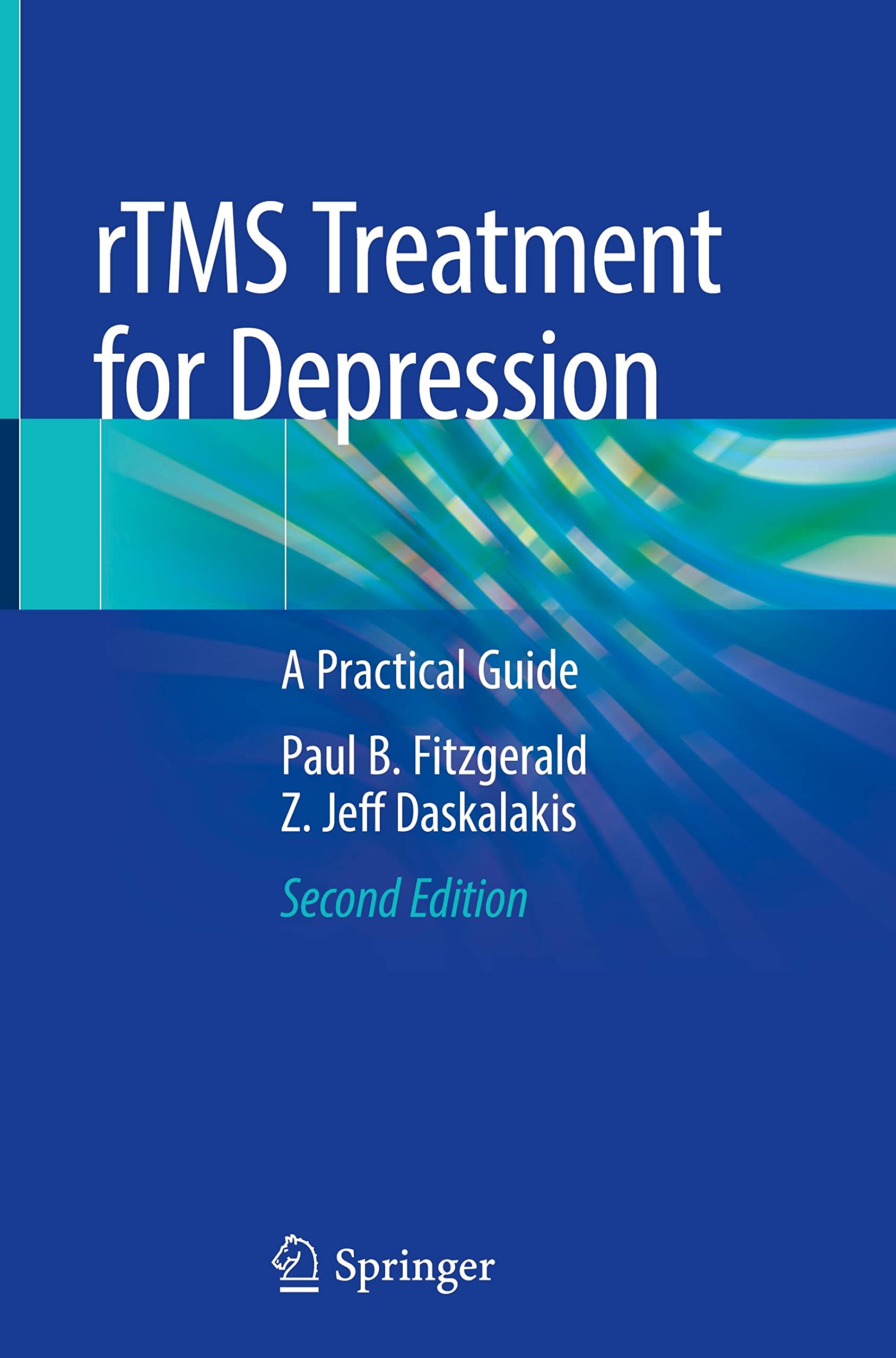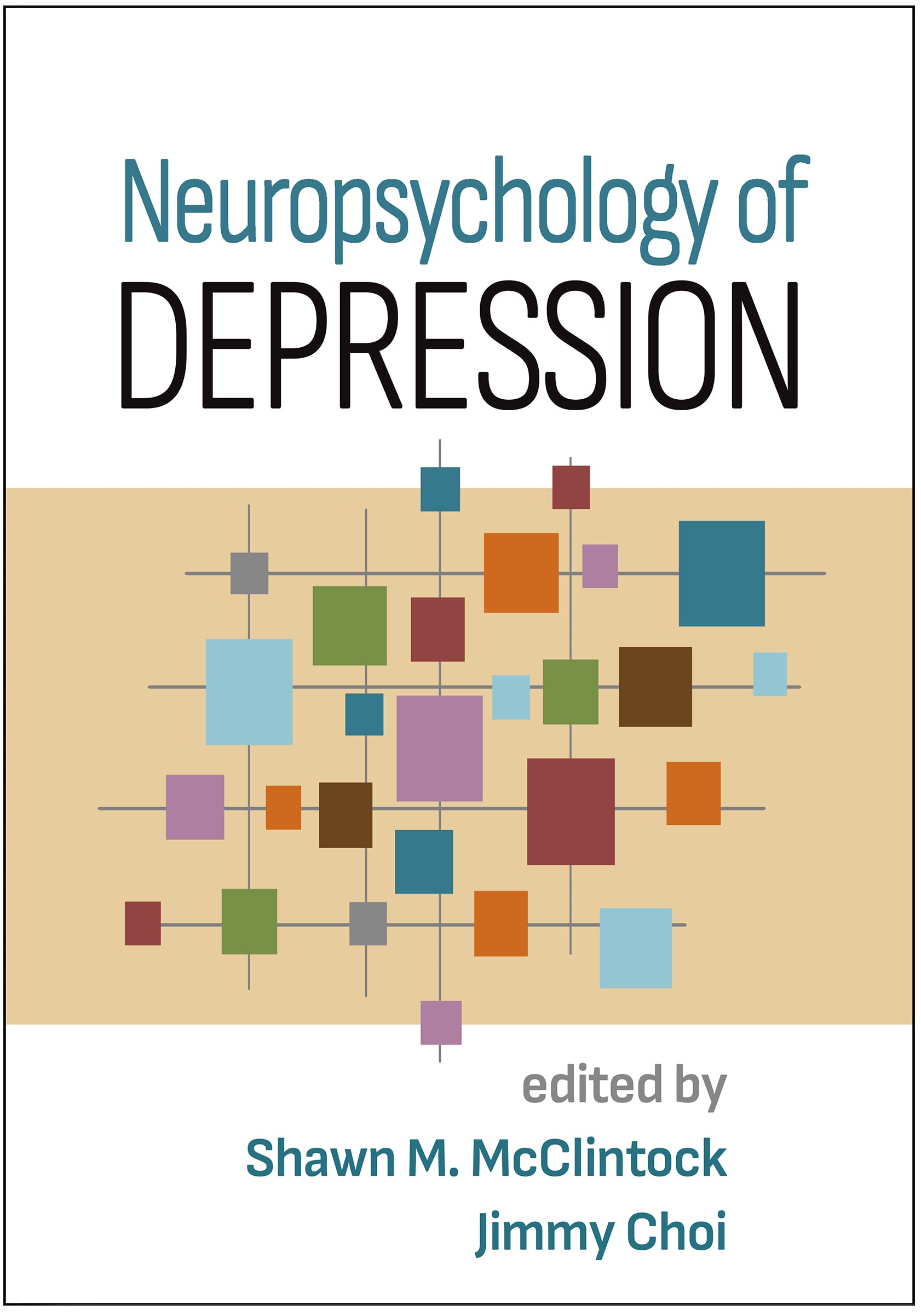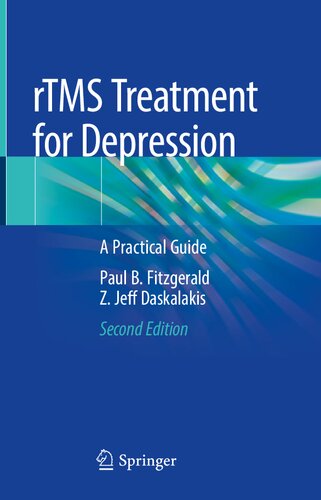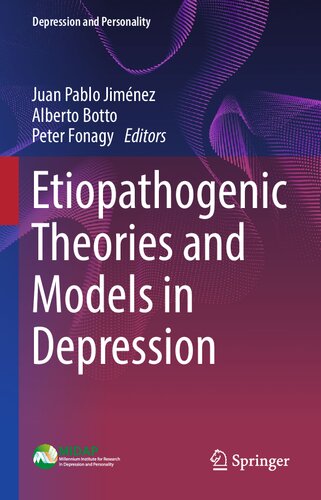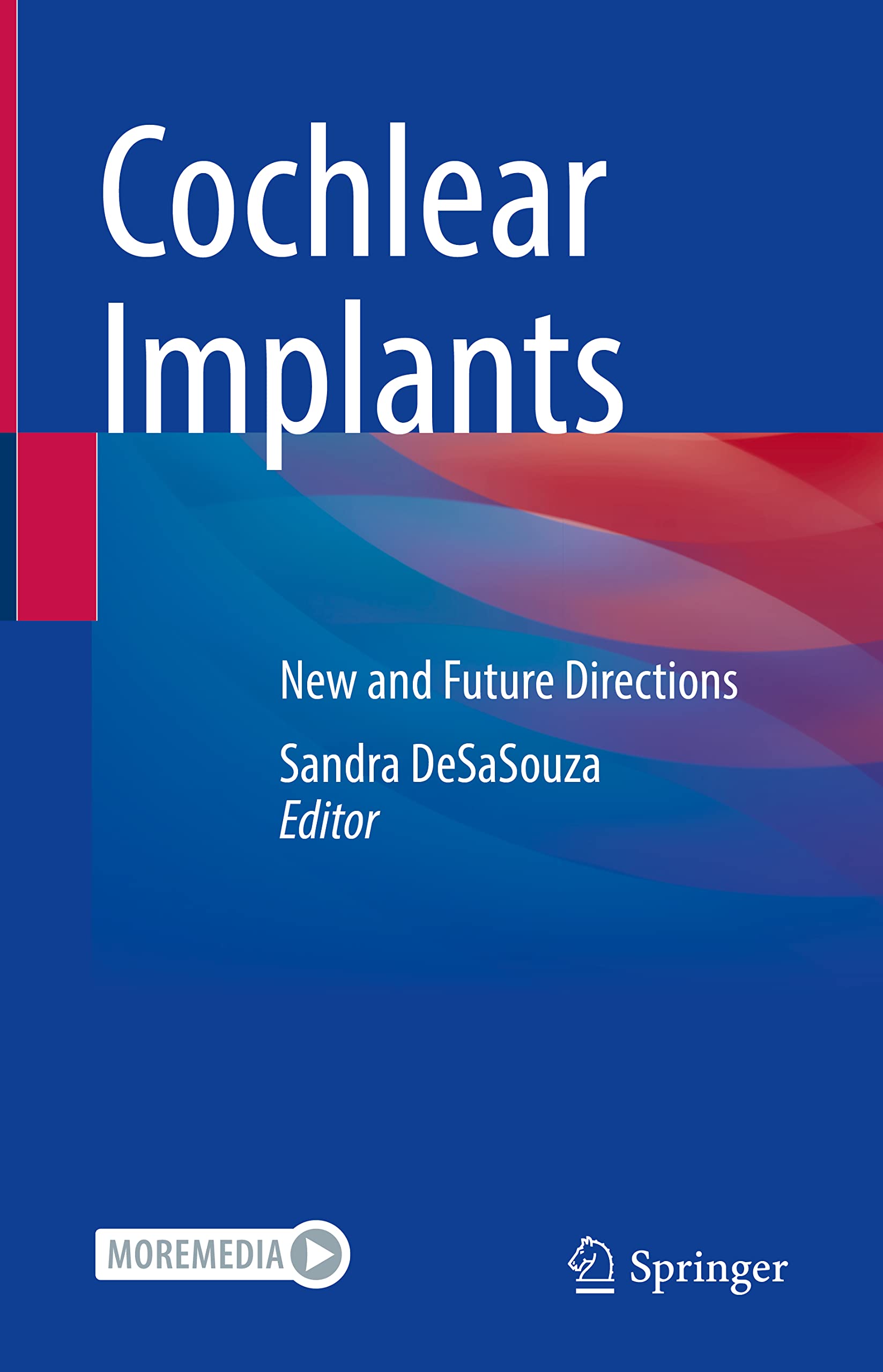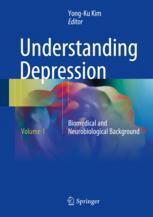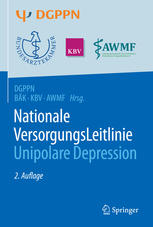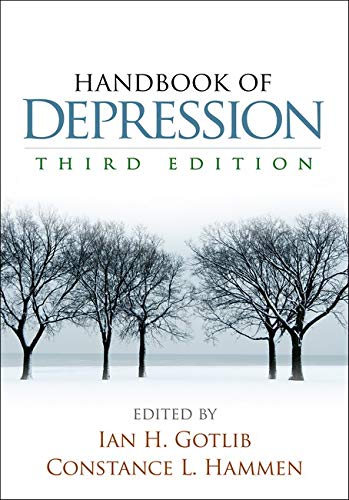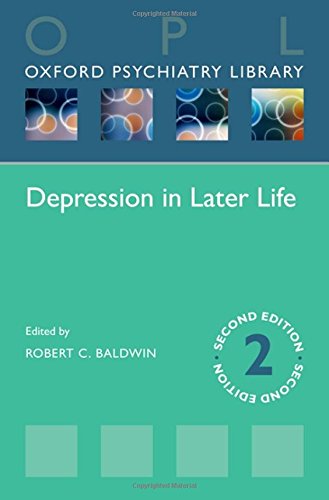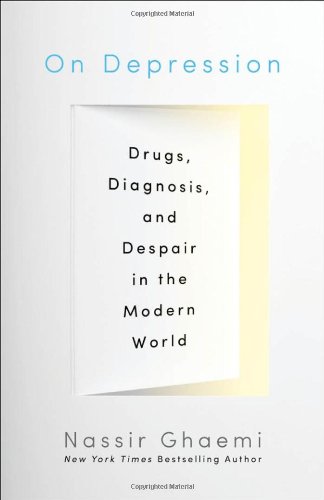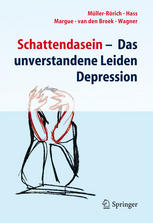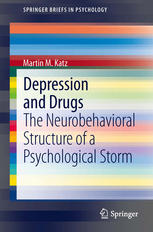راهنمای عصب روانشناسی پیری و زوال عقل ۲۰۱۲
Handbook on the Neuropsychology of Aging and Dementia 2012
دانلود کتاب راهنمای عصب روانشناسی پیری و زوال عقل ۲۰۱۲ (Handbook on the Neuropsychology of Aging and Dementia 2012) با لینک مستقیم و فرمت pdf (پی دی اف)
| نویسنده |
Heather L. Katzen, Lisa D. Ravdin |
|---|
| تعداد صفحهها |
527 |
|---|---|
| نوع فایل |
|
| حجم |
8 Mb |
| سال انتشار |
2012 |
89,000 تومان
معرفی کتاب راهنمای عصب روانشناسی پیری و زوال عقل ۲۰۱۲
با افزایش سن و پیشرفت های پزشکی که باعث افزایش طول عمر می شود، سالمندان به سرعت در حال تبدیل شدن به سریع ترین بخش از جمعیت هستند. با افزایش سن جمعیت، بروز اختلالات مرتبط با افزایش سن افزایش می یابد. بسیاری پیش بینی می کنند که 15 تا 20 درصد از افرادی که در سنین بالا رشد می کنند، در طول زندگی خود دچار نوعی زوال شناختی می شوند، که تخمین ها در سنین بالا به 50 درصد می رسد. اگرچه توجه زیادی به بیماری آلزایمر، شایع ترین شکل زوال عقل شده است، تخمین زده می شود که تقریباً یک سوم از این موارد زوال شناختی به دلیل مکانیسم های عصبی دیگر است. در واقع، بسیاری از بیمارانی که مبتلا به AD تشخیص داده می شوند، احتمالاً دارای اختلالات همراه هستند که می تواند بر شناخت نیز تأثیر بگذارد (یعنی اختلالات شناختی عروقی)، که نشان می دهد دمانس مختلط به شدت کمتر تشخیص داده می شود. کتاب راهنمای بالینی نوروسایکولوژی پیری و زوال عقل اثری منحصر به فرد است که راهنمایی های تخصصی و رویکردی عملی برای تمرین عصب روانشناسی با افراد مسن به پزشکان ارائه می دهد. این کتاب به دو بخش تقسیم می شود، بخش اول به ملاحظات ویژه برای ارزیابی افراد مسن تر می پردازد، و نیمه دوم به سوالات رایج ارجاعی که احتمالاً هنگام کار با این گروه سنی با آنها مواجه می شوند، تمرکز دارد. نویسندگان فصل متخصص هستند و توسط همتایان خود به عنوان رهبران نظرات در مورد موضوعات فصل انتخابی خود شناخته می شوند. حوزه عصب روانشناسی نقش مهمی در توسعه روش هایی برای شناسایی زودهنگام اختلالات شناختی در اواخر زندگی و همچنین تشخیص افتراقی زوال عقل ایفا کرده است. ارزیابی عصب روانشناختی اطلاعات بالینی ارزشمندی در مورد ماهیت و شدت علائم شناختی مرتبط با زوال عقل ارائه می دهد. هر فصل این مفهوم را تقویت می کند که اقدامات عصب روانشناختی ابزارهای حساسی را برای تمایز بین زوال شناختی طبیعی مرتبط با سن و اختلالات مرتبط با بیماری در اختیار پزشک قرار می دهد، به تشخیص افتراقی اختلال شناختی در سالمندان کمک می کند، و همچنین به احتمال زیاد کمبودهای شناختی را شناسایی می کند. برای تبدیل به اختلالات عملکردی در زندگی روزمره. .


